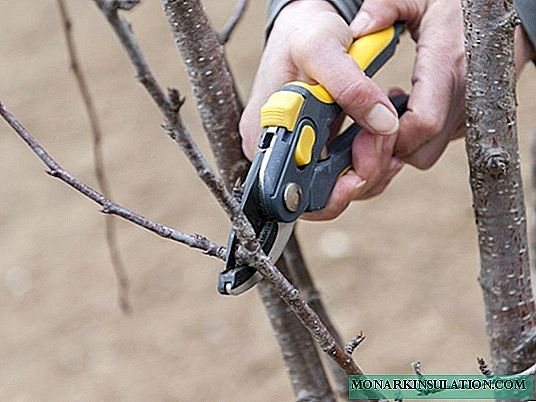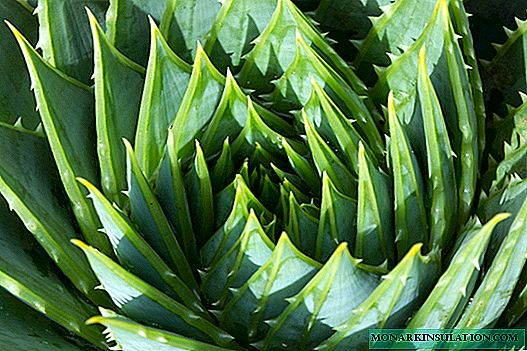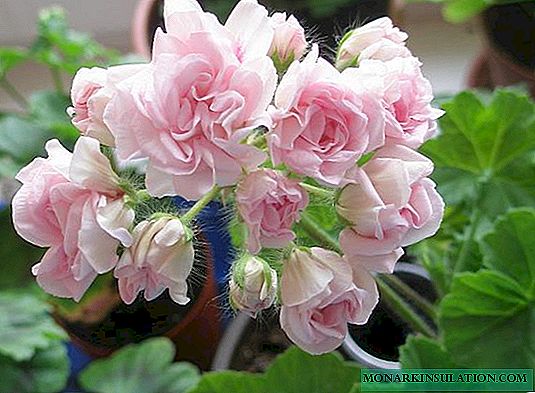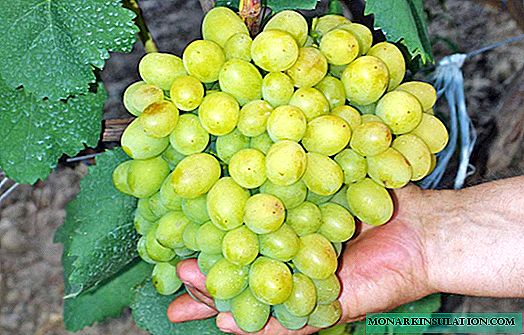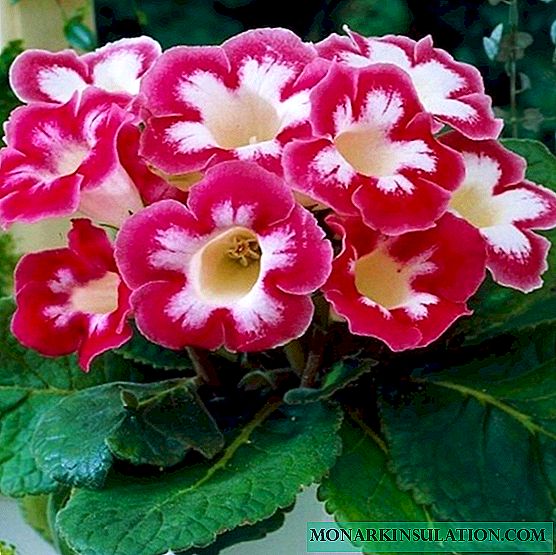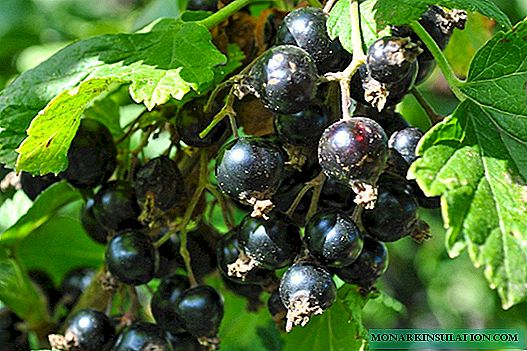
Currants are found in almost every suburban area. This berry culture is perhaps the most common. But not all gardeners can brag about a good harvest. This shrub, although unpretentious, abundantly bears fruit only with appropriate care. Transplantation is included in the list of necessary procedures.
When it is recommended to transplant currants
Relocation of a plant may be necessary for several reasons. An adult currant bush is transplanted in the following cases:
an overgrown bush interferes with neighboring plants or nearby growing trees obscure the currant;
the bush has been growing in this place for a long time, the soil is clearly depleted and toxic substances have accumulated in the earth as a result of the vital activity of this culture;
there was a need for updating and rejuvenating the shrub, for example, if the bush is very old and revision of the overgrown root system is required in order to remove dead and diseased parts, a healthy and young part is left for further cultivation;
you need to transplant the shoots formed at the bush;
redevelopment of the territory is carried out and another place is planned for the currant or it is necessary to transport the plant to another site;
there was a rise in groundwater and the soil became too moist, which is detrimental to currants.
The transplantation of an adult fruiting shrub is carried out only in case of emergency, since this procedure is a strong stress for the plant.

Transplanting - severe stress for the plant, sometimes the bush dies
Currants have difficulty moving and are usually sick for a long time. Cases of death are frequent. Therefore, we must try to take into account the botanical species characteristics and the annual vegetative cycle of the plant.
Currants are transplanted immediately after snow melt in early spring or after leaf fall in late autumn. The main condition is the sleeping state of the bush, when the plant has not yet begun to grow and even the buds have not yet appeared, or at the end of the growing season, when the shrub has already dropped all the leaves and is preparing for winter.
Transplant time is determined by the climatic characteristics of the regions.
Summer transplant is also allowed, but as a last resort.
Features of transplanting in different seasons
It is best to transplant a berry bush in the fall, but you can carry out this procedure at other times of the year.
Spring currant transplant
Spring transplantation is started in early spring, after thawing the earth and establishing a constant temperature of about 0-1 ° C. It is very important that the kidneys are not even swollen yet. The period during which you can touch the plant turns out to be very short, but then the bush will have the opportunity to take root well. If it does not work out, then it is better to postpone the transplant until the fall or next year.
It is highly undesirable to transplant blooming currants. She will be sick and lose all the flowers.
It is recommended to transplant in the springtime young bushes that have formed from layering. Rooted cuttings that were stored in winter in a basement or greenhouse take root very well.

Abundant watering after a spring transplant will make rooting easier for the bush.
It is necessary to dig out a bush with a lump, trying to shake off as little earth as possible so that the risk of damage to the root system is minimized. After planting, the plant must be very abundantly watered with water warmed up in the sun or having room temperature. This provides the best conditions for the bush to take root. Harvest can be expected no earlier than next year, as the plant will throw all its strength to rooting.
Autumn currant transplant
At the very end of autumn, when active growth ends, the movement of the juice slows down and the plant loses its leaves, you can start transplanting shrubs. Stress will have the least effect on the plant during this period.
It is very important to choose the right time for the fall transplant. The plant should have about 3 weeks to root until stable frosts, until the ambient temperature constantly drops below 0 ° C. If you do this too early, then there is a chance that the plant will mix up the seasons and throw out buds that will inevitably freeze in winter. This will weaken the bush very much and it will not be able to take root quickly. If you are late with this procedure, frost will damage the root system that has not had time to properly take root. In time, the planted bush will have time to take root well before the first frosts and in the spring will begin to grow and develop actively. It will bloom and produce crops.

We transplant currants after flying around the leaves
For the winter period, the currant must be covered so that it does not freeze. To do this, the bush is covered with several buckets of humus or compost. If autumn is warm and dry, then you need to regularly water fresh plantings.
It is not recommended to use tops, branches or mowed grass in the form of insulation. In loose covering material, rodents love to swallow branches.
In the middle lane, the estimated dates for the fall transplant are in late October and early November. In the northern regions, this procedure is carried out 2-3 weeks earlier.
Is it possible to transplant currants in summer
In the summer, it is extremely undesirable to start a currant transplant. But there are times when there is no other way. For example, when a plot is sold on which a varietal shrub grows, and you do not want to leave it to new owners at all. Or you can’t cope with the disease and you have to move the shrub to an uninfected plot of land.
Adult bushes need to be dug up with all the clod of earth. The larger the lump, the greater the chances of the successful completion of the operation, because then the roots will be damaged less. The plant will need a very plentiful watering, especially if the weather is dry and hot.

Individual seedlings can be planted throughout the growing season
If we talk about seedlings with a closed root system, purchased in individual containers, then they can be planted during the entire growing season. After transplanting, it is necessary to spill the soil thoroughly with water and mulch humus.
How to transplant an adult bush of currant
First you need to decide on the landing site. Currant, although it is considered a fairly unpretentious plant, but still it has some requirements for the place of residence:
currants prefer well-lit sunny places;
does not like lowlands and areas with high humidity;
it is not advisable to plant bushes in the windward places;
This shrub prefers to grow at ease, so it does not need to be planted along fences, fences, buildings and next to large trees (at least one meter must be retreated).
Once the landing site is determined, you need to dig a plot and select weeds, stones, debris and old roots from the ground. It is better to do this in advance, in about 10-20 days.
The main stages of transplantation are the following operations:
Pits for planting are dug at a distance of about a meter from each other. For large bushes it is necessary to leave a larger distance.
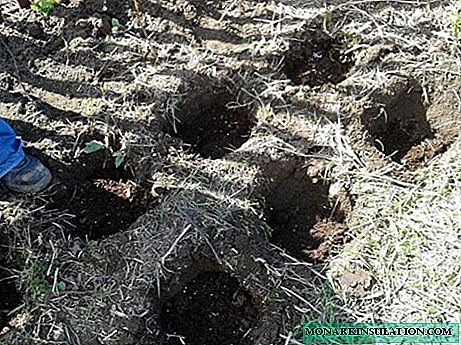
The pits should be spaced apart
The diameter of the hole is about 0.5-0.6 m, the depth is 0.3-0.4 m. But it is better to be guided by the size of the root system of the transplanted plants.

The depth of the pit should correspond to the size of the root system of the bush
At the bottom of the pit, a drainage layer of at least 7-8 cm thick is laid out, consisting of a mixture of crushed stone with sand.

Crushed sand will do the job of drainage
We fertilize the extracted garden soil with humus, wood ash and complex fertilizers (phosphate, potash). Top dressing is applied according to the instructions on the package based on the volume of soil.

When fertilizing the pit, follow the instructions on the packaging
The hole is filled with soil mixture by about two-thirds.
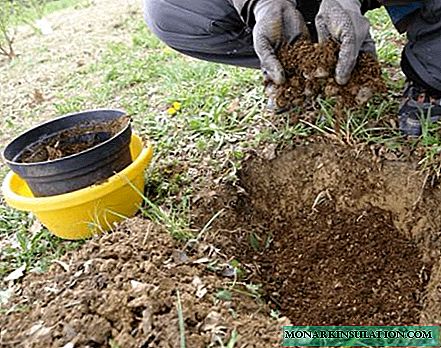
Two-thirds fill the pit with earth
Old branches are completely cut off from the bush. New shoots are cut in half.

Before planting, old branches need to be carefully trimmed
The plant is carefully dug in and removed along with a lump from the ground. Do not pull on the branches, as they can be damaged.

The bush must be removed very carefully, without pulling it by the branches
The dug bush and root system need to be examined for pests and their larvae. If there are pests, then it is necessary to treat the plant with special insecticidal solutions.

If the roots are affected by pests, then the bush must be treated with an insecticide
Water is poured into the hole to form liquid mud.
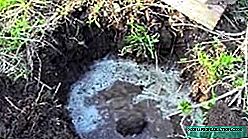
We plant a bush in a liquid substance
The bush is immersed in slurry and sprinkled with the remnants of the earth, which must be carefully compacted to prevent the formation of voids. The root neck is deepened by 7-8 cm.
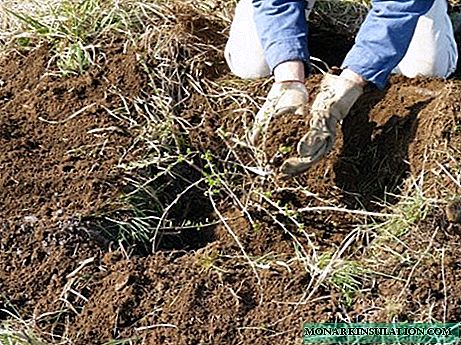
The earth around the roots of the bush must be carefully compacted so that there are no voids in the soil
A layer of mulch is applied from foliage, humus, peat, needles, etc. to prevent drying out of the top soil layer and for fertilizer.

A layer of mulch will prevent drying of the soil
The plant must be abundantly watered for 3-4 days.

The first days you need to water the transplanted bush abundantly
It is forbidden to use fresh manure when planting currants, since a chemical burn of the plant roots is possible.
Additionally, the plant does not need to be fed. All the necessary nutrients for the first time have already been introduced into the pit for planting. During the growing season, further care will consist of regular watering as necessary.
Video: technology for replanting shrubs, including currants
If you follow a number of simple rules, then currants will thank a delicious and plentiful harvest. Its berries have a valuable set of vitamins and minerals, which are very useful for the human body.













